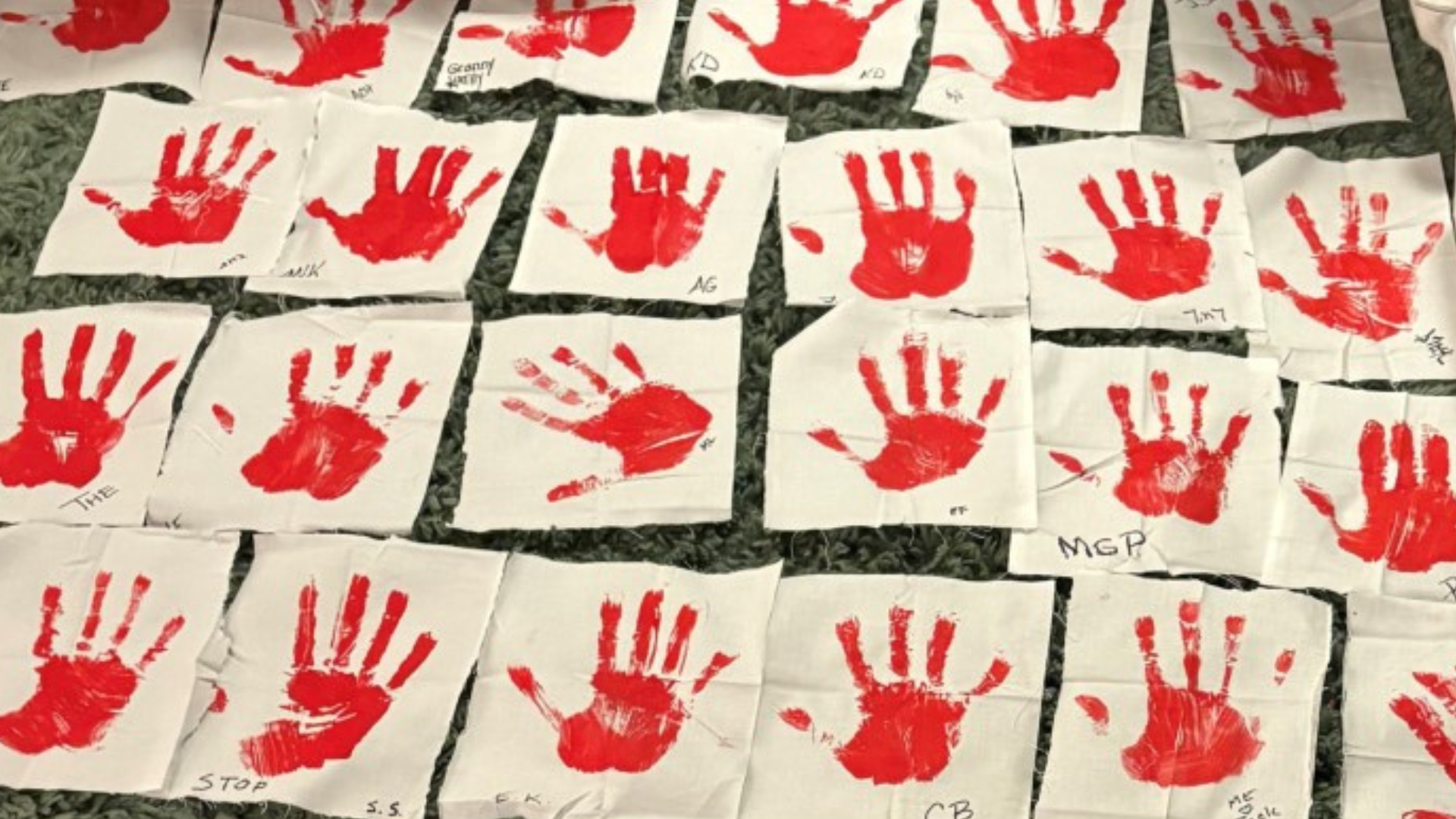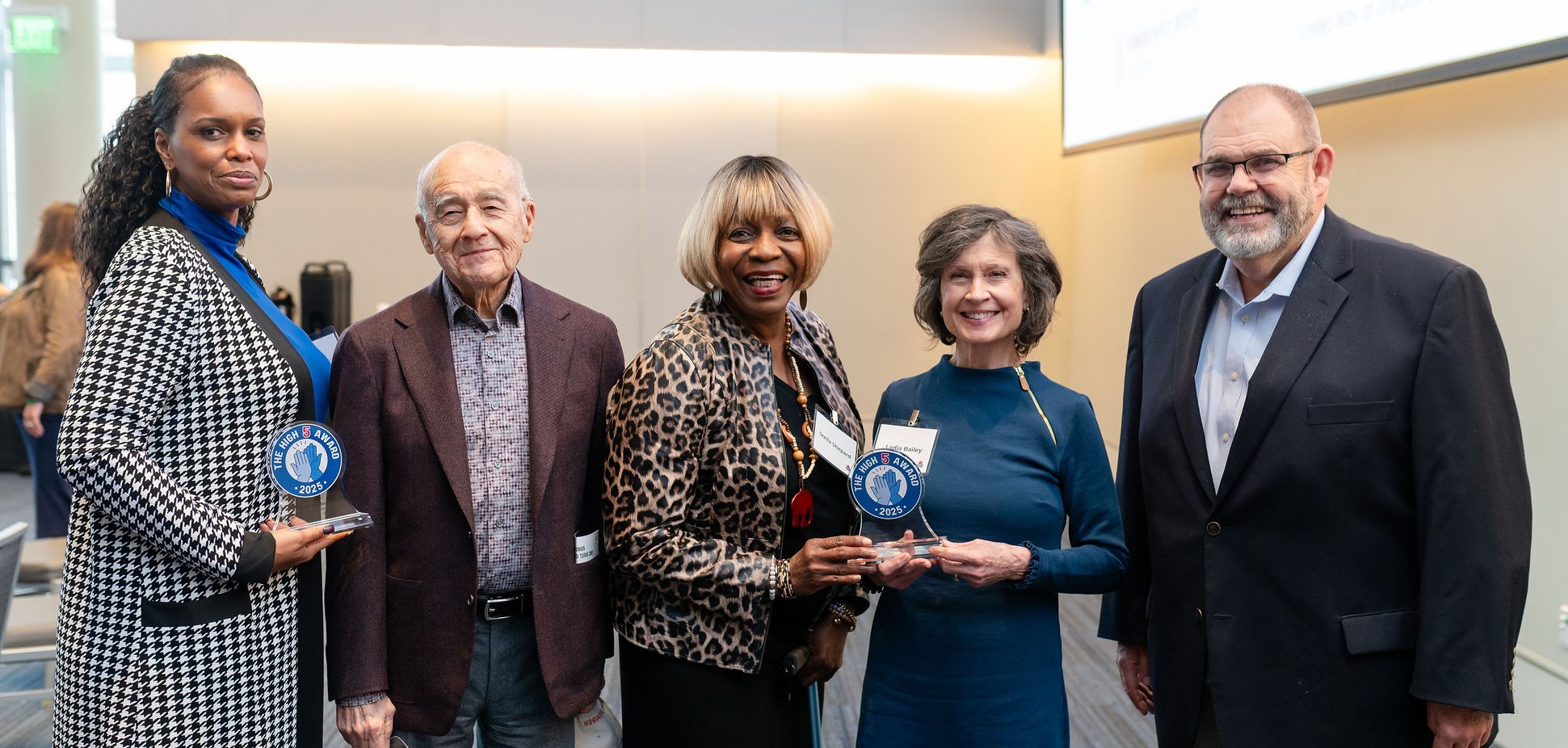In September, The Center for Community Solutions announced a new effort to closely track American Rescue Plan (ARP) funding coming to both the state and local governments through the newly-created Greater Cleveland American Rescue Plan Council. Tracking and research into the funding allocated to entities in Ohio is underway, with the goal of increasing the capacity of organizations to more effectively engage in advocacy.
Much of the initial state allocation from the ARP has been dedicated, leaving an estimated $850 million remaining, until the second state allocation arrives in late spring 2022.[1] Many local governments across the state have already announced public planning processes and begun dedicating funds towards programs.
Many local governments across the state have already announced public planning processes and begun dedicating funds towards programs.
Cuyahoga County has not yet expended any of the State and Local Federal Relief Funds (SLFRF) it received. Its public planning process continues, including offering an online form for residents to submit funding ideas to the county.
Cleveland created a public survey for area residents to submit funding ideas for ARP dollars. Cleveland Mayor Frank Jackson has announced a number of allocations using ARP funds, including: $108 million to replace lost city revenues, $80 million for community and economic development programs, $15 million for demolition projects and $26 million for public safety, such as new police and EMS vehicles. Cleveland City Council also approved $5 million for the Greater Cleveland Food Bank and $20 million for broadband expansion.
The City of Toledo hosted six public meetings and created a survey and email box for area residents to submit input on the city’s use of ARP funds. The City’s priority areas of investment include: job creation and economic development; safe and livable neighborhoods; youth, recreation and parks; green and healthy housing; and avoiding cuts to city services.
Hamilton County has hosted stakeholder sessions and two public hearings to help inform its ARP spending plan, which has been tentatively laid out for the full allocation the County will receive, including the second disbursement which won’t arrive until late spring 2022.[2]
To date, Franklin County has allocated approximately $22.1 million of ARP funds, through grants to local nonprofits, and funding for infrastructure, summer jobs for youth, and sports and tourism.
To date, Franklin County has allocated approximately $22.1 million of ARP funds, through grants to local nonprofits, and funding for infrastructure, summer jobs for youth, and sports and tourism. Franklin County Commissioners held a public meeting after about $6 million of the funding was dedicated, and accepted spending ideas via email, as well.[3]
Dayton hosted numerous community meetings and created a public survey for area residents to provide ARP spending ideas. Other Ohio communities making space for public input in their ARP planning process include Olmsted Falls, the City of Warren, Youngstown, and the City of Lorain.
The State of Ohio is receiving $5.36 billion in SLFRF, and an additional $29.4 billion across a number of other ARP programs, yet there have been no public hearings or opportunities for input, and little transparency into the decision-making process behind already-allocated funds.
Community Solutions President & Executive Director John Corlett wrote earlier this summer about slowing spending and speeding up planning for ARP funds. State and Local Fiscal Recovery Funds don’t have to be allocated until December 31, 2024, and don’t have to be spent until December 31, 2026. With plenty of time to decide the best use of these funds, the State of Ohio and local governments can take more time to involve constituents in funding decisions.
Ohio is set to receive a total $4.47 billion for the Elementary and Secondary School Emergency Relief Fund.
Tens of billions of additional dollars are still coming to the state from the ARP, and it might be surprising what the largest pots of funds are.
Ohio is set to receive a total $4.47 billion for the Elementary and Secondary School Emergency Relief Fund (ESSER), by far the largest program fund outside of SLFRF. Ohio will also receive almost $800 million for Child Care Stabilization Grants, $613.5 million for Emergency Rental Assistance programs, $499 million for the Child Care and Development Block Grant, and $352 million for Epidemiology and Lab Capacity for School Testing.
Other expected program funding greater than $100 million includes:
- $280.7 million for the Homeowner Assistance Fund
- $274 million for the Capital Projects Fund, specifically for broadband infrastructure
- Almost $227 million for the Low Income Home Energy Assistance Program
- $155 million for the Emergency Assistance to Non-Public Schools program
- $115 million for COVID-19 Vaccine PreparednessAdditional programs will allocate even more funding directly to schools, colleges, nonprofits, libraries, health care clinics, local governments, and others. Many program-specific funds overlap with the announced goals of the state and local governments for their SLFRF allocations. Coordinated, public planning across sectors and levels of government is vital to use funds in the most effective ways and avoid overlaps or gaps in funding between programs.
Ohio is still recovering from the pandemic.
Ohio is still recovering from the pandemic. We’re not out of the woods yet: a fifth COVID-19 wave could be coming this winter. ARP dollars are intended to help with recovery, and Community Solutions will continue our tracking to ensure that funds are used as such.
[1] Allocations to-date include: $1.47 billion to repay federal unemployment advances, $250 million for water and sewer quality grants, $84 million for pediatric behavioral health care facilities, $422 million for non-entitlement local governments left out of SLFRF, and $5 million to the Ohio Exhibitions Commission, which organizes the Ohio State Fair.
[2] Hamilton County’s ARP spending plan includes: $24.5 million towards strengthening public health systems, of which $10 million will go to disproportionately impacted communities; $33 million to strengthen county finances and departments; $70 million to address the negative impacts of COVID-19; and $19 million to enhance community infrastructure.
[3] Franklin County allocations to date include: $5 million for grants to local nonprofits which have experienced revenue loss or increased costs; $1.05 million in grants for minority-owned small businesses; $26,045 for children’s face masks; $342,302 for a Family Housing Stability Navigator pilot program; $1.25 million to the Franklin County Convention Facilities Authority; $2.2 million for grants to community social services agencies; $155,000 to the African American Male Wellness Agency; $7 million to the Mid-Ohio Food Collective; $80,585 for digital equity programs; $4.5 million for youth summer employment programs; $250,000 to Experience Columbus; $55,472 to L.E.A.D. With Purpose; $680,000 to Alvis Halfway House; and $3 million to Franklin County Stadium Inc., which owns and operates the Columbus Clippers and Huntington Park baseball stadium.








